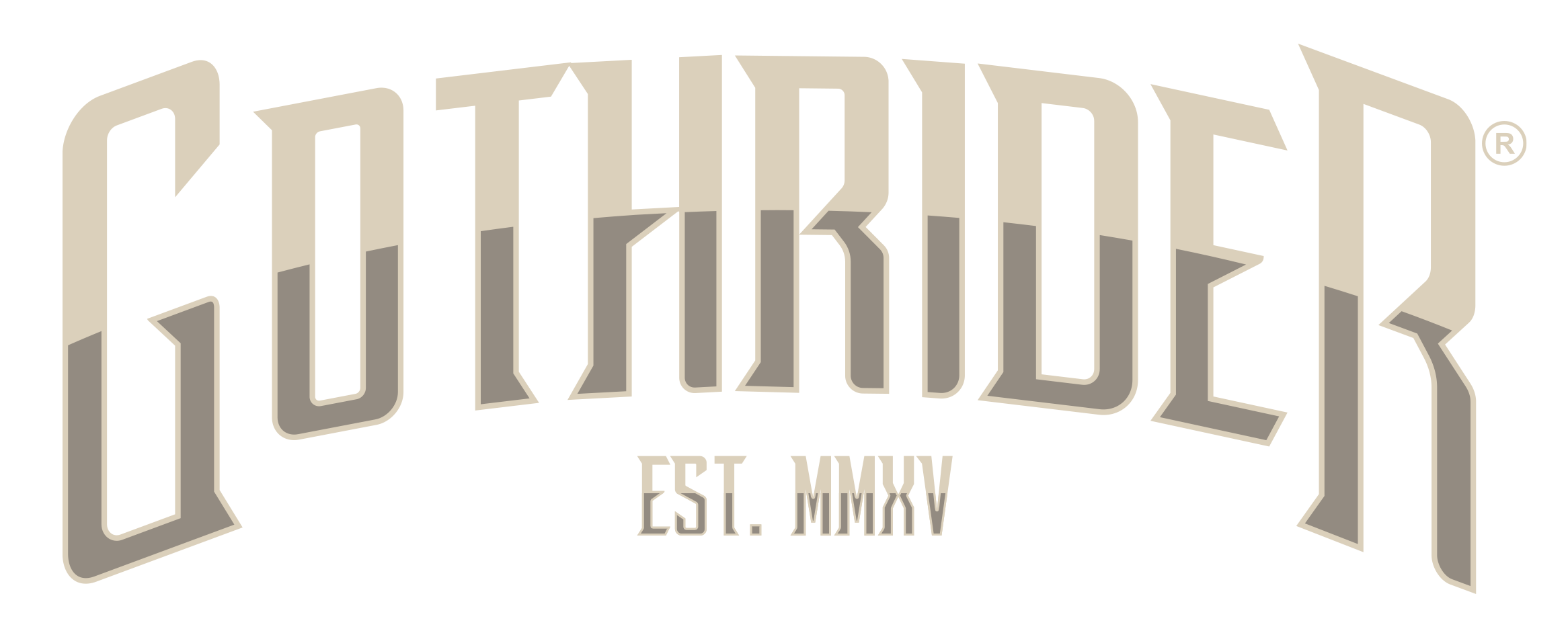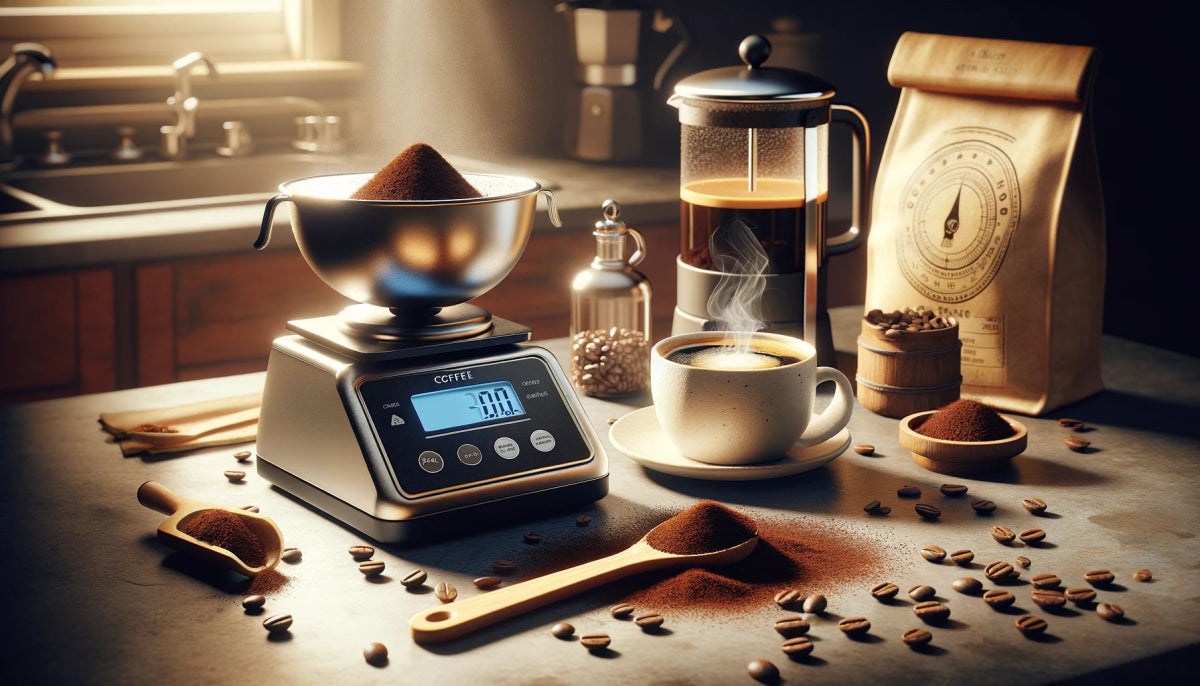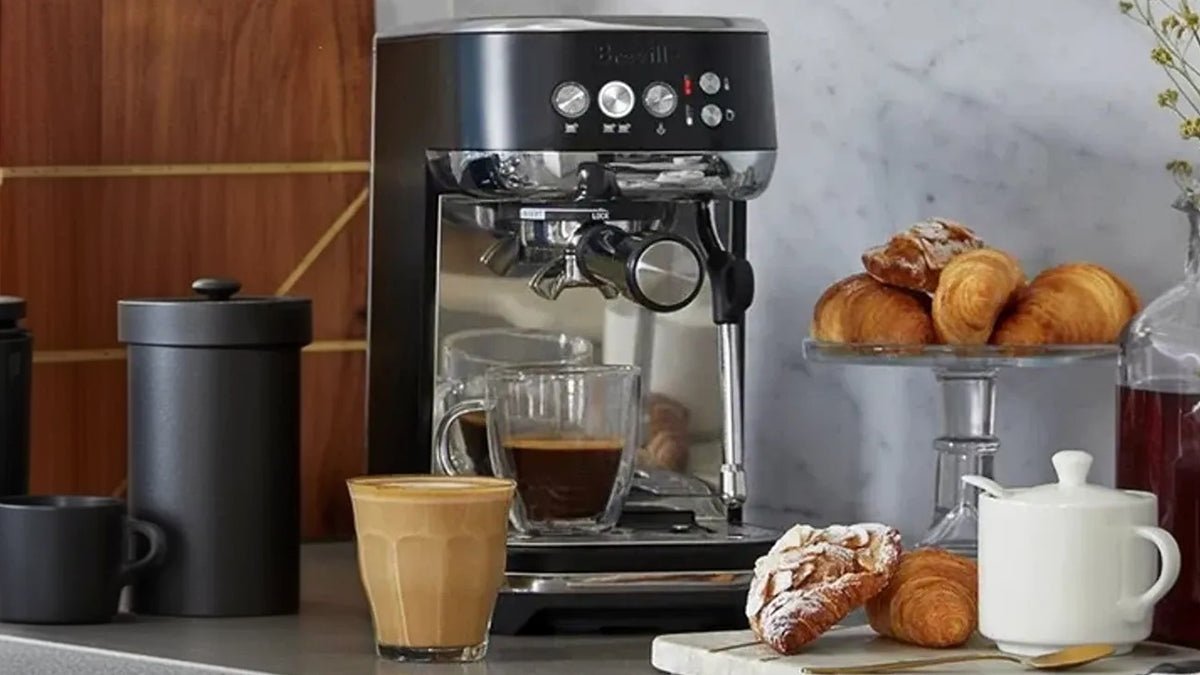If you're a coffee lover, you know that a great cup of joe starts with the right measurements. But how many spoonfuls of ground coffee should you use per cup? Finding the perfect brew ratio can be a bit tricky, but fear not, we've got you covered. In this article, we'll unlock the art of measuring coffee, helping you achieve that perfect cup every time.
Getting the right coffee-to-water ratio is crucial for extracting the full flavor and aroma from your beans. Too little coffee and you'll end up with a weak, watery concoction. Too much coffee and you might find yourself with a bitter and overpowering brew. The key is finding the sweet spot that suits your taste buds.
But be warned – there's no one-size-fits-all answer. Factors like personal preference, brewing method, and coffee strength all play a role in determining the ideal amount of coffee for your cup. Whether you prefer a light, medium, or strong brew, we'll guide you through the process of measuring coffee so that you can enjoy a delightful cup every time you reach for your mug.
Don't settle for mediocre coffee. Join us as we unravel the secrets of measuring coffee and unlock the door to coffee excellence.
Understanding the coffee-to-water ratio
When it comes to brewing the perfect cup of coffee, accuracy is key. Measuring your coffee accurately ensures consistency in taste and allows you to replicate your favorite brew every time. Precision in measuring also helps you avoid wasting coffee and ensures you get the most out of your beans.
To measure coffee accurately, it's essential to understand the coffee-to-water ratio.
Factors that affect the coffee-to-water ratio
The coffee-to-water ratio refers to the proportion of coffee grounds to water used in the brewing process. It determines the strength and flavor intensity of your coffee. The general rule of thumb is to use a ratio of 1:16, which means one part coffee to sixteen parts water.
This ratio is a good starting point, but it's important to note that it can be adjusted according to personal preference and brewing method. For a stronger brew, you can increase the amount of coffee, while a lighter brew may require less coffee.
Different measurement methods for coffee
Several factors come into play when determining the ideal coffee-to-water ratio for your cup. These factors include:
Personal Preference
Everyone's taste buds are different, and what may be considered a perfect cup of coffee for one person may not be the same for another. Experiment with different ratios to find the one that suits your taste preferences.
Brewing Method
Different brewing methods require different ratios to achieve the desired strength and flavor. For example, a French press typically requires a coarser grind and a higher coffee-to-water ratio compared to a drip coffee maker.
Coffee Strength
The strength of the coffee beans you're using also affects the ratio. Darker roasts tend to have a stronger flavor and may require less coffee, while lighter roasts may need a higher ratio to bring out their subtle flavors.
Consider these factors when measuring your coffee to ensure a perfect brew every time.
How many spoonfuls of ground coffee per cup?
There are various methods you can use to measure your coffee accurately. Here are a few common ones:
Using a Scale
Using a digital kitchen scale is the most precise way to measure coffee. Simply place your container on the scale, tare it to zero, and add the desired amount of coffee. This method allows for accurate measurements and consistency.
Measuring Spoons
For those who don't have a kitchen scale, measuring spoons can be a convenient alternative. A standard coffee scoop typically holds around two tablespoons of coffee. However, it's important to note that the density of coffee grounds can vary, so this method may not be as accurate as using a scale.
Eyeing It
While not the most accurate method, some coffee enthusiasts have mastered the art of "eyeballing" their coffee measurements. This method involves estimating the amount of coffee by sight or using a familiar spoon size. While it may work for experienced brewers, it's not recommended for beginners who are aiming for consistency.
Choose a measurement method that suits your needs and helps you achieve the desired coffee-to-water ratio.
Adjusting the coffee-to-water ratio for personal preference
The number of spoonfuls of ground coffee per cup depends on your preferred coffee-to-water ratio. As mentioned earlier, a common starting point is a ratio of 1:16, which translates to approximately one tablespoon of coffee per six ounces of water.
If you prefer a stronger brew, you can increase the amount of coffee to achieve a 1:15 or even a 1:14 ratio. On the other hand, for a milder cup, you can decrease the amount of coffee to achieve a 1:17 or 1:18 ratio.
Experiment with different ratios to find the perfect balance that suits your taste buds. Remember, the number of spoonfuls can vary depending on the size of the spoon you're using, so it's always best to use a scale for precise measurements.
Brewing tips for different coffee-to-water ratios
As mentioned earlier, personal preference plays a significant role in determining the ideal coffee-to-water ratio. Some coffee enthusiasts prefer a strong and bold brew, while others enjoy a milder and more delicate taste.
To adjust the coffee-to-water ratio according to your preference, start by experimenting with different ratios. Increase or decrease the amount of coffee and observe how it affects the taste and strength of your brew. Keep track of the measurements and ratios that yield the best results for you.
Remember, finding the perfect ratio is a journey of trial and error. With time and experimentation, you'll discover the ideal coffee-to-water ratio that satisfies your taste buds.
Common mistakes when measuring coffee
Depending on the coffee-to-water ratio you choose, different brewing methods and techniques can enhance the flavors and characteristics of your brew. Here are a few tips to enhance your brewing experience:
Strong Brew (1:15 or 1:14 ratio)
For a strong and robust brew, consider using a French press or a pour-over method. These methods allow for a longer brew time, resulting in a bolder flavor profile. Use a slightly finer grind size to extract more flavor from the coffee grounds.
Medium Brew (1:16 ratio)
A 1:16 ratio is considered the standard for a medium-strength cup of coffee. Brewing methods like drip coffee makers or espresso machines work well with this ratio. Experiment with different grind sizes to find the optimal extraction and flavor balance.
Light Brew (1:17 or 1:18 ratio)
For a milder cup of coffee, try a 1:17 or 1:18 ratio. Brewing methods like a AeroPress or a Chemex can bring out the subtle flavors of lighter roasts. Use a coarser grind size to prevent over-extraction and bitterness.
Remember, these tips are just guidelines. Feel free to adjust the brewing time, grind size, and other variables to suit your personal preferences.
Tools and gadgets to help measure coffee accurately
When it comes to measuring coffee, there are a few common mistakes to avoid:
Inconsistent Measurements
Using inconsistent measurements can lead to variations in flavor and strength. Invest in a kitchen scale or use measuring spoons to ensure consistent results.
Grinding Coffee Too Fine or Coarse
The grind size of your coffee grounds affects the extraction process. Grinding coffee too fine can result in over-extraction and a bitter taste, while grinding it too coarse can result in under-extraction and a weak flavor.
Neglecting Water Quality
The quality of the water you use can significantly impact the taste of your coffee. Avoid using tap water with strong flavors or high mineral content. Opt for filtered or bottled water for the best results.
By avoiding these common mistakes, you'll be on your way to brewing a consistently delicious cup of coffee.
Conclusion: Enjoying the perfect cup of coffee
If you're serious about measuring coffee accurately, there are several tools and gadgets that can assist you. Here are a few worth considering:
Digital Kitchen Scale
A digital kitchen scale provides precise measurements, allowing you to replicate your favorite brew consistently. Look for a scale with a high weight capacity and a tare function for easy measurement.
Measuring Spoons
Invest in a set of measuring spoons specifically designed for coffee. These spoons typically have standardized measurements, ensuring you get the right amount of coffee every time.
Coffee Grinder
A coffee grinder allows you to grind your beans to the desired consistency, ensuring optimal extraction. Look for a grinder with adjustable settings to accommodate different brewing methods.
Water Filter
To ensure the best flavor in your coffee, consider using a water filter to remove impurities and chlorine from your tap water. This will help enhance the taste and aroma of your brew.
Investing in these tools and gadgets can elevate your coffee brewing experience and help you achieve consistent and delicious results.



Leave a comment
This site is protected by hCaptcha and the hCaptcha Privacy Policy and Terms of Service apply.